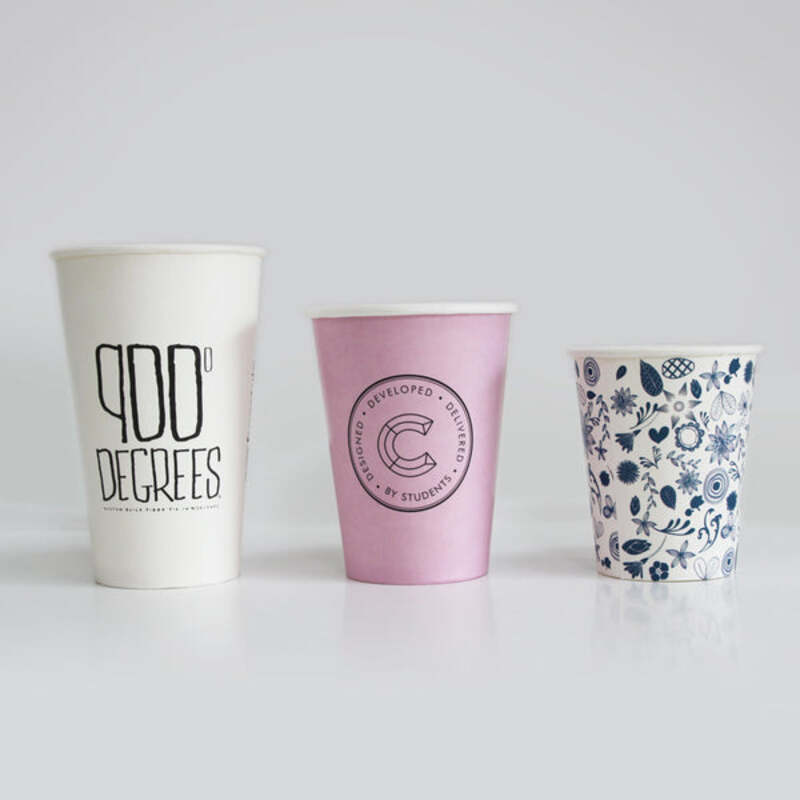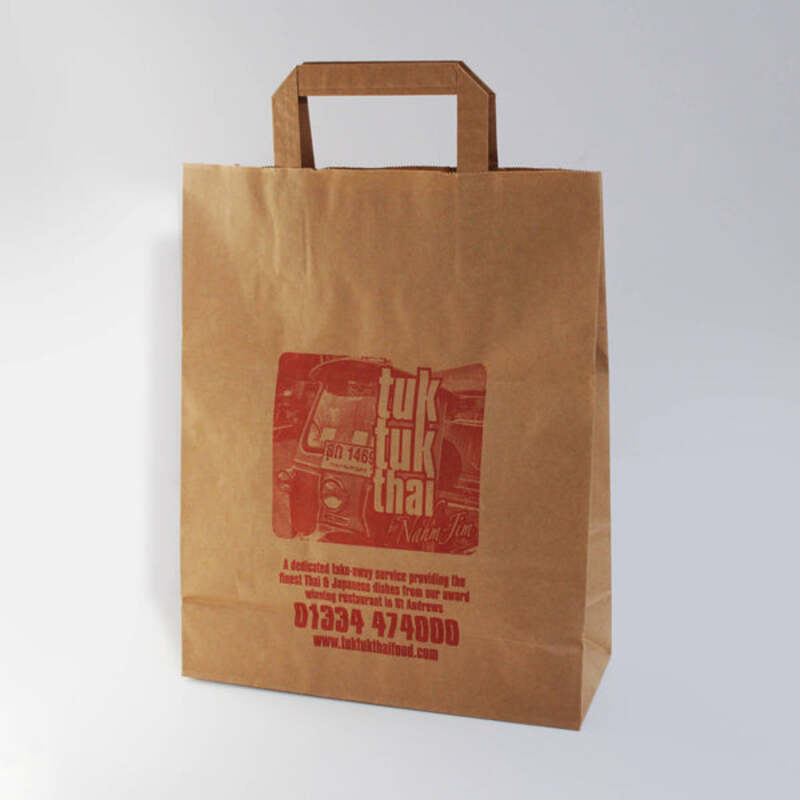ก.พ. . 15, 2025 15:46
Deli containers, often considered a mundane aspect of food storage and transportation, play a far more critical role in the culinary world than one might initially expect. As a professional in the field of food service, understanding the nuances of deli containers can significantly enhance operations, reduce waste, and ensure food safety. This comprehensive guide provides insights from industry experts to highlight the importance and functionality of deli containers.

A cornerstone in kitchens worldwide, deli containers are most appreciated for their versatility. Constructed from durable materials like high-density polyethylene or polypropylene, these containers are designed to withstand the rigors of both hot and cold storage conditions. This adaptability makes them indispensable for preserving the freshness of a diverse range of foods, from delicate leafy greens to robust stews. Their stackable nature not only optimizes refrigerator and pantry space but also streamlines the organization process, a critical factor in high-paced environments like restaurants and catering services.
When it comes to maintaining food safety standards, the trustworthiness of deli containers is unrivaled. Reputable manufacturers ensure that their products are BPA-free, a critical feature considering the increasing health concerns associated with plastic food storage. Furthermore, these containers often meet rigorous industry regulations such as the FDA’s guidelines, providing an extra layer of assurance against contamination. Expert users recommend regularly inspecting containers for wear and clear labeling practices, which prevent cross-contamination and accidental spoilage, thus maintaining the integrity of stored food items.

Deli containers also excel in supporting sustainable practices within the food service industry. Many suppliers now offer eco-friendly options made from biodegradable or recyclable materials, aligning with a global push towards sustainability. As waste reduction becomes a central tenet of modern culinary philosophy, utilizing recyclable deli containers helps professionals contribute positively to environmental conservation efforts without compromising on quality or functionality.
Beyond their practical benefits, deli containers play a pivotal role in enhancing operational efficiency. Their standardized sizes, typically ranging from eight ounces to 32 ounces, allow for consistent portion control, which is crucial in minimizing food waste and optimizing inventory management. Such efficiency translates into cost savings, a non-negligible advantage for any food-related business. Experts highlight the importance of incorporating a digitized inventory system that tracks container usage, thus offering insights into buying patterns and potential areas for financial optimization.
deli containers
In the realm of culinary presentation and consumer engagement, deli containers have undergone a transformation from mere utility items to integral elements of product presentation. Transparent containers allow for an immediate visual assessment of the food's freshness and quality, appealing directly to consumer trust. There is a growing trend among chefs and restaurateurs to leverage these containers in meal prep services, where convenience merges with visual appeal, enhancing consumer experience and loyalty.
Deli containers, often equipped with leak-resistant lids, are also instrumental in the burgeoning market of food delivery services. Their robustness against spillage during transit preserves not only the aesthetic value of meals but also customer satisfaction. This attribute is particularly beneficial in maintaining the flavor integrity of liquid-based dishes such as soups and curries, which are increasingly popular in the delivery segment.
Moreover, the simplicity and reusability of deli containers resonate with the expanding DIY culinary culture. Home cooks benefit significantly from these containers in precise meal prepping and storage, aligning with the expert advocacy for reducing food waste while promoting nutritional planning.
In sum, deli containers represent a synergy of experience, expertise, authority, and trustworthiness within the food industry. They prove essential in bolstering not only the operational efficiency and sustainability of food service practices but also in enhancing consumer interaction and satisfaction. For food industry leaders and home cooks alike, the investment in quality deli containers is a testament to a commitment to excellence and innovation within the culinary arts. As the industry evolves, so too will the capabilities and applications of these indispensable tools.





